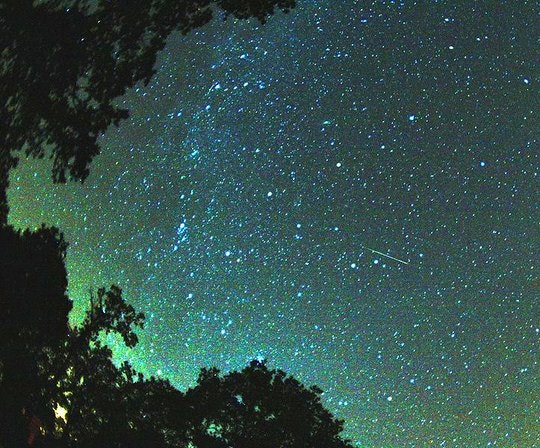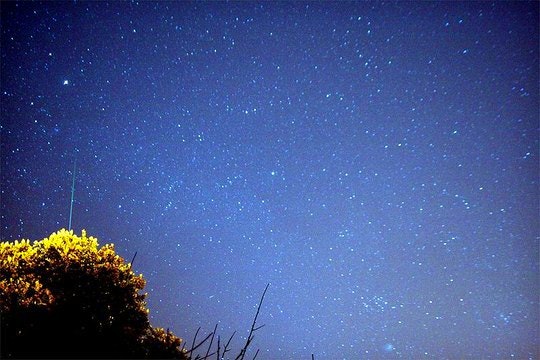Those of us who live in the Southern Hemisphere are often left out of spotting ‘shooting stars’, planetary alignments, and celestial phenomenon’s – unlike the Northern Hemisphere which seems to experience these events rather frequently.
The good news is that there are several meteor showers taking place in the upcoming months, and for once, all of us southerners get to peek in on the action.
On the 1st of October you’ll glimpse some shooting Capricornids, and no, these have nothing to do with Caprica 6 from Battlestar Galactica Re-imagined. These will appear in the east near the constellation of Capricorn. The Capricornids will most likely appear two at a time, as they have in previous years, with more to follow on their peak around 18:30 on Tuesday 2nd October. If you’re curious about what meteors actually are, they’re technically a dust stream that the earth moves through. As many have quoted, and science has confirmed, “we’re all made of star dust”.
Around the 20th of October you can expect to see the sky streaked with Orionids, and those of us in the Southern Hemisphere get the best view of this show! Orionids originate from the constellation Orion and are expected to peak on the 21st of October around 21:00. They’ll be coming from a north-easterly direction and as many as 30 meteors are expected to be spotted from this point onwards. Once you’ve spotted your first meteor, don’t forget to make a wish!
November
November is a good month to spot Taurids (Northern and Southern ones). Both sets of Taurids are expected to peak on the 6th of November around 06:45, so rise early to try and spot some! These Taurids originate from the constellation of Taurus, close to the bright planet Aldebaran.
Leonid meteors are originally from Commet 55P / Tempel-Tuttle, and will be appearing from the constellation of Leo, with a peak expected to happen on the 17th of November. They will be peaking at around 04:00 and you can expect to see around 20 meteors an hour.
As usual, the best has been saved for last, and for those of us in the Southern Hemisphere you can’t beat the Gemnid meteor show! The Gemnids come from the constellation of Gemini and peak around the 12th – 14th of December. This year the peak is happening at about midnight on the 13th of December and as many as 120 Gemnids are expected to appear within an hour. Meteor streaks on cameras look a lot like shiny javelins.
Let us know what your favourite meteor show of the year has been, and which upcoming stars you’re most looking forward to seeing (red carpet ones excluded).
Main image credited to Dominic’s pics (Flickr)







